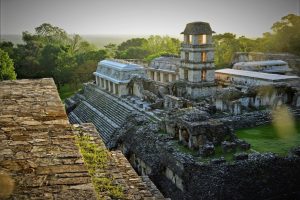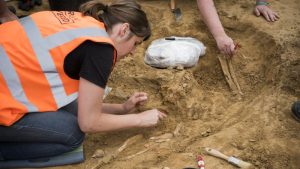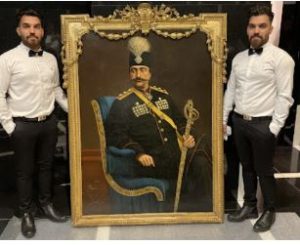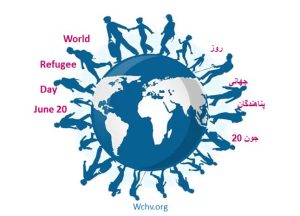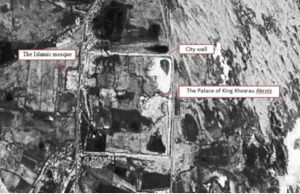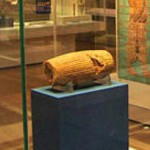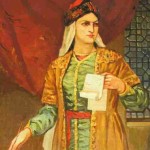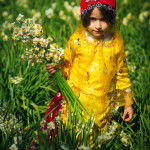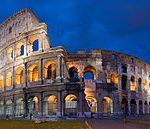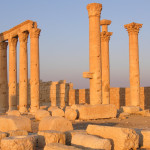In the first five months of this year, international tourism has seen a strong return, with almost 250 million international arrivals recorded, according to the recent UNWTO World Tourism Barometer.
The same source reveals that for a period from January to May 2021, over 77 million arrivals were recorded, which means that the sector has recovered almost half or 46 per cent of the pre-pandemic levels of 2019, SchengenVisaInfo.com reports.
In this regard, the Secretary General of UNWTO, Zurab Pololikashvili, has said that tourism recovery has increased the pace in many parts of the world, facing the challenges that stand in its way.
In addition, he advised being careful about the economic problems and geopolitical challenges that may affect this sector in the remaining part of 2022 and beyond.
“Europe welcomed more than four times as many international arrivals as in the first five months of 2021 (+350 per cent), boosted by strong intra-regional demand and the removal of all travel restrictions in many countries,” the statement issued by the UNWTO reads.
Europe also saw a particularly strong performance in April at +458 per cent, thus reflecting a busy Easter period. Meanwhile, in America, arrivals doubled by +112 per cent. However, the strong rebound is measured against weak results in 2021, while arrivals remain 36 per cent and 40 per cent below 2019 levels in the two regions, respectively.
Other regions that saw strong growth are also the Middle East, with +157 per cent, and Africa, with +156 percent remaining 54 per cent and 50 per cent below 2019 levels, respectively. Asia and the Pacific almost doubled arrivals with +94 per cent. However, the numbers were 90 per cent below 2019, as some borders remained closed to non-essential travel.



